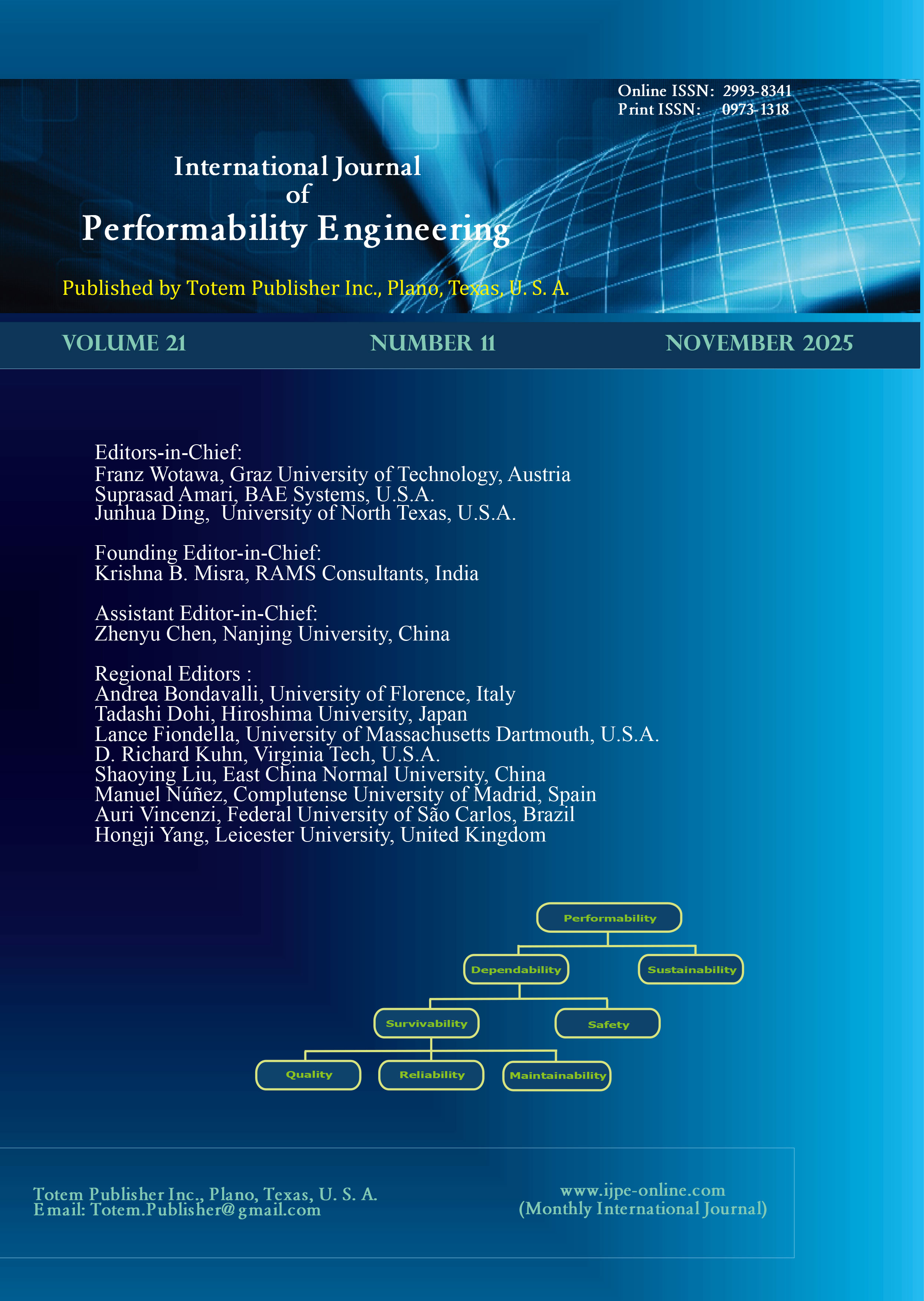-
PCBQC: A Blockchain-Based, Patient-Centric EHR Management Framework using Hybrid Post-Quantum Lattice Cryptographic Algorithms
- Mahesh G and Renu Mishra
-
2025, 21(11):
617-626.
doi:10.23940/ijpe.25.11.p2.617626
-
 Abstract
Abstract
 PDF (624KB)
PDF (624KB)

-
References |
Related Articles
In the contemporary landscape of digital health infrastructure, the amalgamation of blockchain technology and quantum computing effectively addresses the dual dilemmas of data integrity and future resilience in security measures. Blockchain technology is based on the decentralized and tamper-proof ledger system that facilitates interoperable, auditable, and transparent mechanisms for the sharing of healthcare data. The healthcare sector is particularly susceptible to security breaches, owing to its dependence on sensitive, long-lasting patient records that are subjected to stringent regulatory frameworks such as HIPAA, HL7, and DISHA. The majority of blockchains with smart contracts are secured by traditional cryptographic algorithms like RSA, ECDSA, and SHA-256. However, these algorithms are vulnerable to Shor's and Grover's algorithms, which makes the urgent shift to post-quantum cryptography — such as lattice-based, hash-based, or multi vibration algorithms — critical for the security of both blockchain and smart contracts. The performance, storage, and transition times of quantum safe algorithms are impacted by their increased key sizes and signature lengths, particularly in the healthcare industry. Even if health data that has been encrypted is secure now, adversaries with quantum skills could harvest it and decode it later ("harvest now, decrypt later" attacks). Thus, EHR systems need to provide both long-term and forward secrecy. Hybrid encryption algorithms mix quantum-safe and conventional techniques. In order to provide safe, decentralized EHR management that is immune to quantum attacks, the proposed Patient-Centric Blockchain with Quantum Cryptography (PCBQC) system combines blockchain technology with the NIST-recommended post-quantum algorithms Dilithium, Kyber, and HIBE. Through hierarchical encryption and blind signatures, it guarantees patient-controlled access while preserving privacy and granular permission. A useful, consent-driven interface for encrypted data exchange is provided by the system's implementation, which makes use of Flask and ReactJS. The improved quantum resistance, scalability, and communication security of PCBQC are highlighted by comparing it with conventional cryptosystems.

